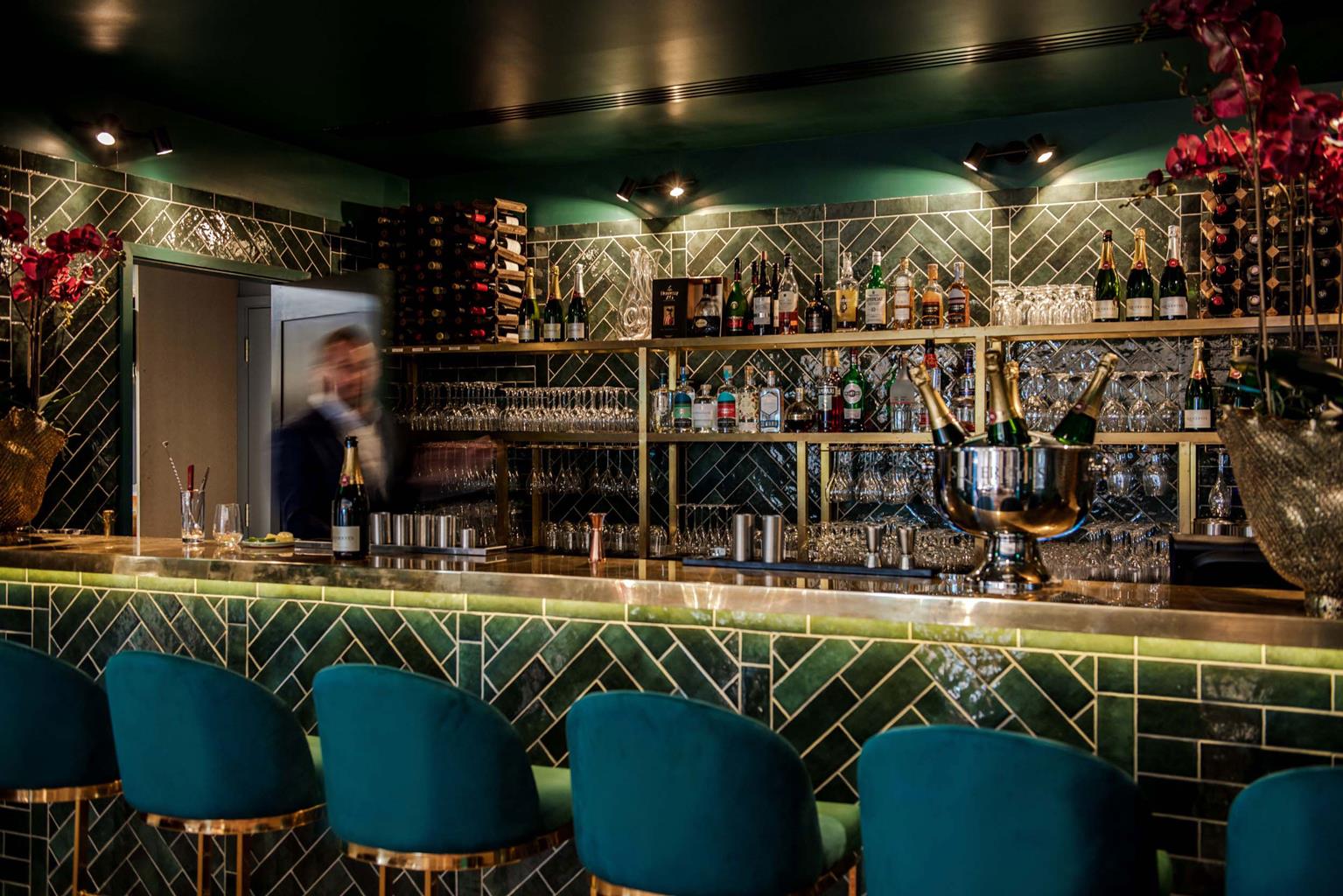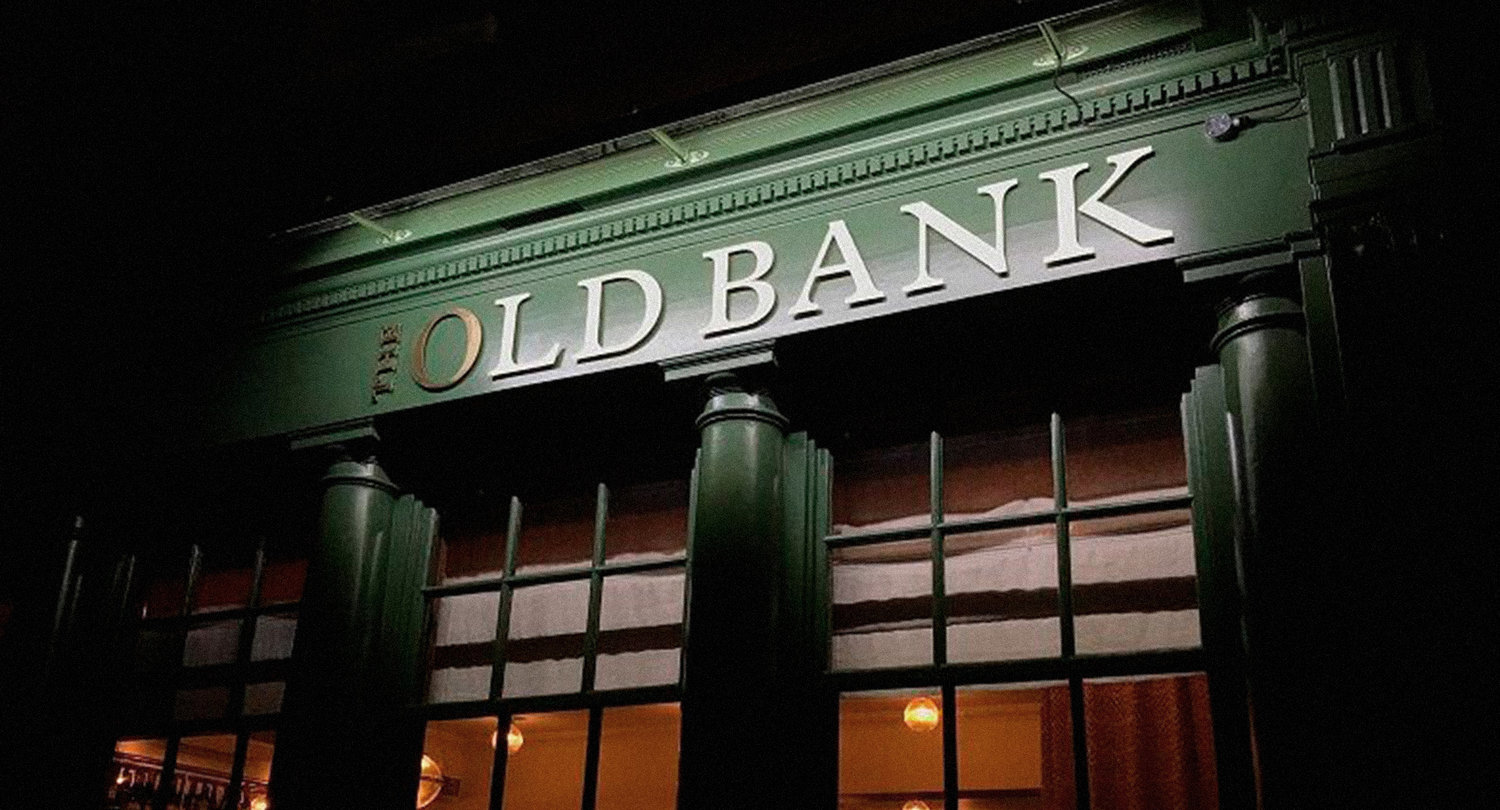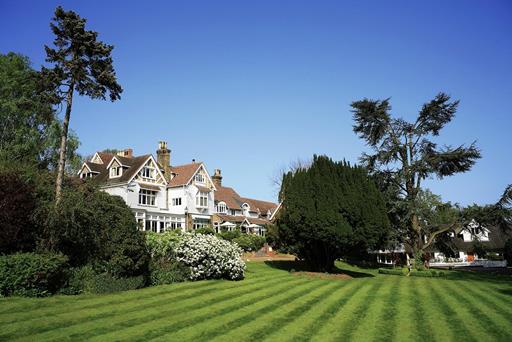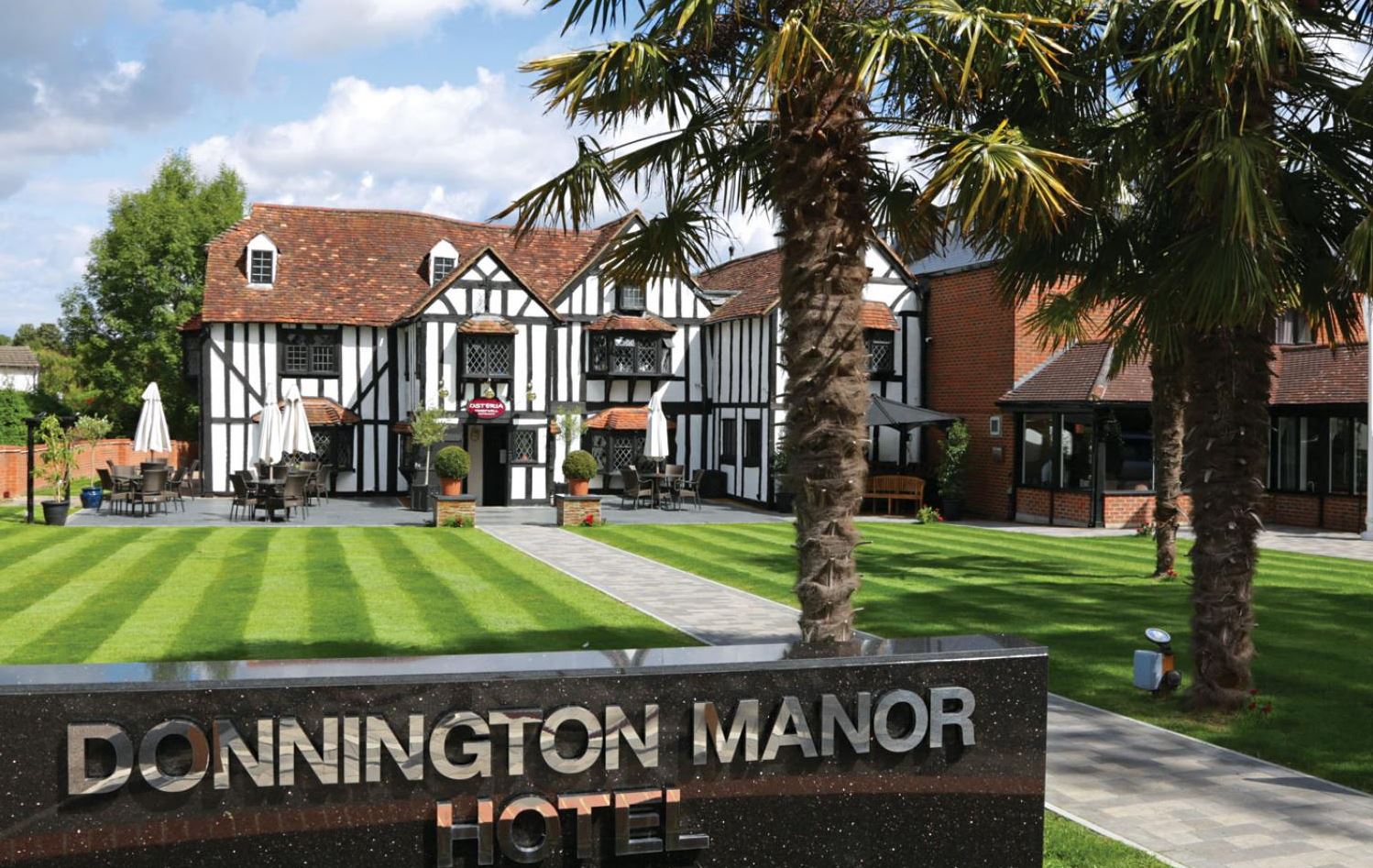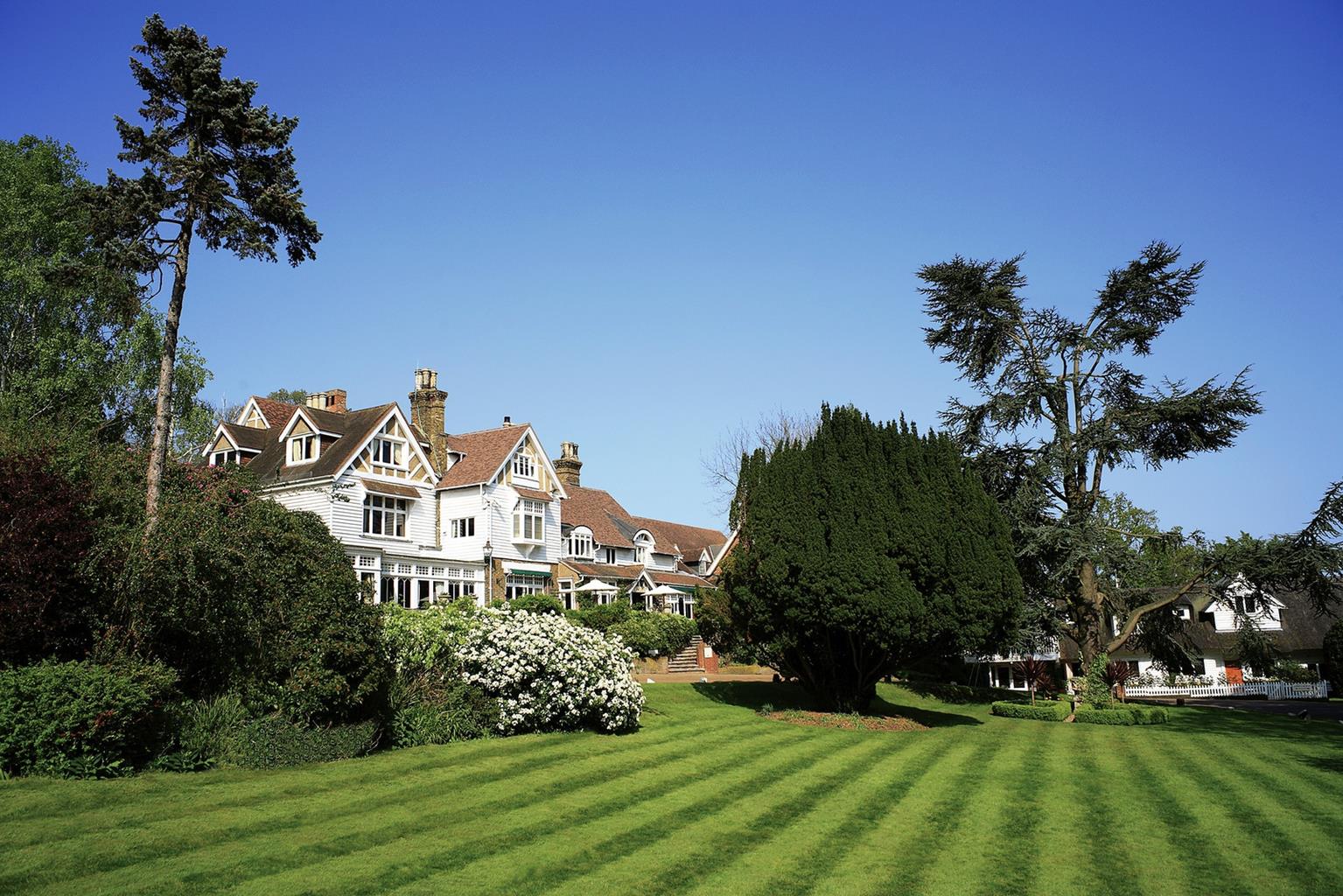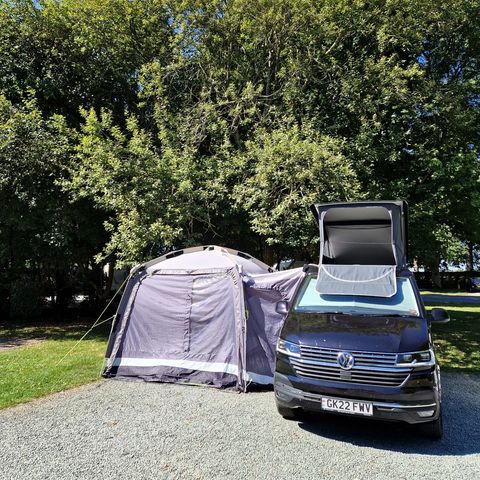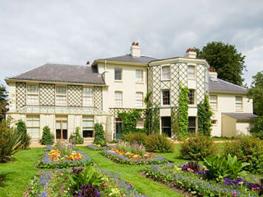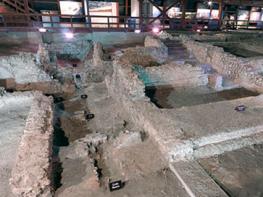Donnington Manor Hotel offers comfortable rooms, modern in style. There is a range of function…
In Darwin's footsteps at Downe

A gentle ramble round the landscape that shaped one of the biggest scientific ideas in history.
3.25 miles (5.3kms)
About the walk
Downe village spans the architectural social scale from humble farm cottages to stately Victorian mansions. In 13th-century St Mary’s Church, a modern stained-glass window to the right of the altar commemorates yachtsman and local resident Sir Robin Knox-Johnston’s lone round-the-world voyage (1968–69). Downe Hall on Cudham Road is an imposing 19th-century house once owned by the Lubbock family. Sir John Lubbock was a great conservationist and friend of the Darwins. His estate at High Elms, northeast of Downe, is now a country park with wildlife trails and a nature centre. Rare orchids and a thriving community of dormice inhabit its ancient woodland.
In 1842, Charles Darwin moved to Down House with his wife, Emma. One of the features that attracted them from London’s bustle to the village of Downe – then a less-than-fashionable rural backwater – was the number of local walks: ‘...almost every field is intersected by one or more footpaths. I never saw so many walks in any other county...’ wrote Darwin to a friend.
For the next 40 years, Darwin devoted his life to his expanding family, and to the analysis of a notion that would shake God-fearing Victorian society to its core. He developed his scientific theories and did his field research in and around Down House, taking walks several times a day to clear his thoughts. Here he wrote his most famous work, On the Origin of Species by Means of Natural Selection (1859), and founded the science we now call ecology.
After a chequered history in the century following Darwin’s death in 1882, Down House has been recreated by English Heritage to resemble the warm and happy family home it was during his lifetime. Audio-tours highlight features of the various rooms and gardens (Darwin’s ‘outdoor laboratory’, the Sandwalk, was one of his favourite ‘thinking’ spots). Inside the house you’ll find his writing desk, notebooks, and a replica of the cabin where he spent five years as a naturalist on HMS Beagle.
Walk directions
From the church turn left down Luxted Road, soon turning left again after a large house called Tromers, down a footpath between houses into a field. Follow the line of tall conifers on your left, bearing briefly right at the end before taking a gap in the hedge to your left. Keep right along the next field margin, following signs for Cudham and Down House.
Go through into the next field. Down House lies across a road to your right. Follow the path round the field to the far left corner and go through a kissing gate. Turn right at a waymarked post (Leaves Green Circular Walk), following more conifers. In about 50yds (46m) pass Downe Court Farmhouse. Cross a drive and carry on to a footpath marker. Turn left along the field-edge. At the end follow the field margin to the right. At the next crossing path keep ahead across fields and stiles to reach Luxted Road.
Turn right along the road and walk as far as a bend by a telephone box. Take the footpath left of the terraced cottages (Birdhouse Lane), then in 100yds (91m) turn right onto a narrow, hedged footpath.
Keep ahead along the track past a wooded bank. Continue in the same direction for about 0.75 miles (1.2km), over a crossing footpath (follow signs ahead for Keston Common). It’s a gentle uphill climb.
At a road bear left, then right, to follow the signed 'Cudham Circular Walk'. Soon bear right downhill and continue round the slope for another 0.75 miles (1.2km), passing the golf clubhouse far below to your left. Go along the edge of a copse to your right, then across fields past the final stretch of the golf course. Go through a kissing gate and carry on gently downhill through a grove of coppiced hazel.
After 100yds (91m) follow the footpath sign half right up a bank, first past a broken stile, then over another by a large oak tree, and leave the trees on a path between fenced paddocks. After 200yds (183m) cross a stile and walk along a narrow fenced path beside a holly hedge, towards the houses ahead. Go out onto the road beside a bus stop.
Turn right past the junction with North End Lane, then rejoin the High Street, heading towards the church tower. Pass the Cake Tea Shop and The Queen’s Head pub on your left as you return to the start.
Additional information
Grassy tracks, woodland paths and village streets; many stiles
Historic village, woods and quiet farmland; scenic valley views
Lead required on roads, in parkland and near stock; not allowed in Down House
OS Explorer 147 Sevenoaks & Tonbridge
On village streets near Downe church (may be busy in summer)
None on route; nearest at High Elms Country Park (golf clubhouse or nature centre)
WALKING IN SAFETY
Read our tips to look after yourself and the environment when following this walk.
Find out more
Also in the area
About the area
Discover Greater London
Greater London is one of the world’s largest urban areas; 33 boroughs stretching north to Enfield, south to Croydon, east to Havering, west to Hillingdon and with central London at the heart of it all.
Greater London was officially created in 1965, but the boroughs themselves all have their own histories going back much further. Greenwich is home to the Prime Meridian, which all clocks on earth take their time from, while Hounslow contains Heathrow Airport, one of the busiest airports in the world. Greater London contains a multitude of parks and green spaces, from the six Royal Parks (including Richmond Park, Green Park, Hyde Park and Regent’s Park) and other huge open spaces like Hampstead Heath and Clapham Common; to smaller community spaces like Clissold Park in Stoke Newington and Burgess Park in Southwark.
The centre of London has its quiet spaces too, like Coram’s Field by Great Ormond Street, and Camley Street Natural Park, a stone’s throw from King’s Cross and St Pancras. One of the city’s most impressive features is the London Underground. Beginning in 1863 as the Metropolitan Railway, it took commuters into The City from the suburbs of Middlesex. It was the first underground railway in the world, and now consists of 11 lines, 270 stations, and 250 miles (402km) of track. It’s estimated that nearly five million journeys are taken every day, and there are nearly one and a half billion riders each year. At peak times, there are more than 543 trains whizzing around the Capital.
Nearby stays
Restaurants and Pubs
Nearby experiences
Recommended things to do
Why choose Rated Trips?
Your trusted guide to rated places across the UK
The best coverage
Discover more than 15,000 professionally rated places to stay, eat and visit from across the UK and Ireland.
Quality assured
Choose a place to stay safe in the knowledge that it has been expertly assessed by trained assessors.
Plan your next trip
Search by location or the type of place you're visiting to find your next ideal holiday experience.
Travel inspiration
Read our articles, city guides and recommended things to do for inspiration. We're here to help you explore the UK.


